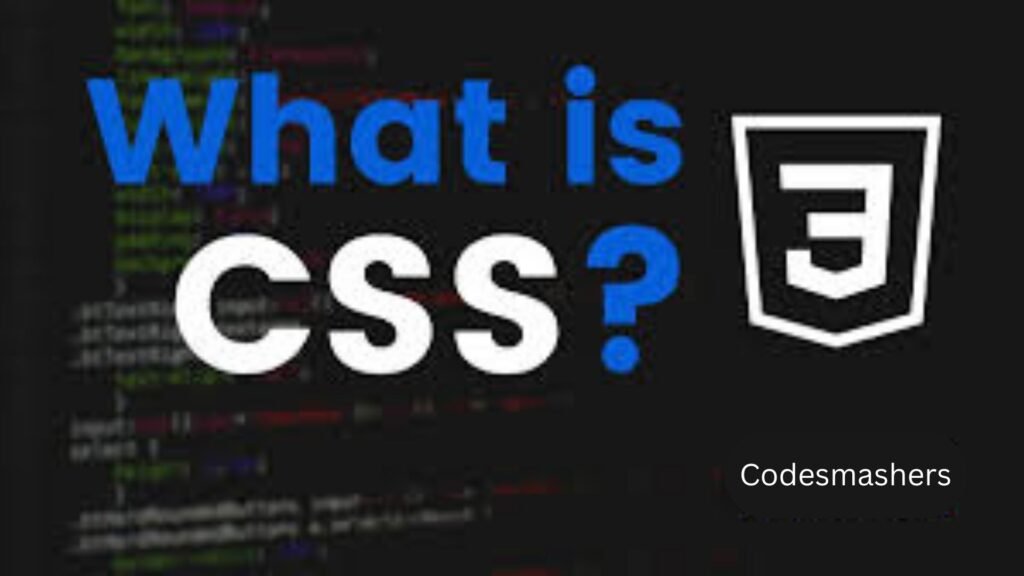
CSS Container Queries
Responsive design is a fundamental aspect of modern web development, ensuring that websites and applications look and function well on various devices and screen sizes. Enter CSS Container Queries—a new tool that promises to revolutionize how we approach responsive design. Unlike traditional media queries that adapt a layout based on the viewport size, container queries allow you to apply styles based on the size of a containing element. CSS makes them incredibly powerful for creating more modular, flexible, and maintainable designs.
Comparison with Media Queries
Limitations of Media Queries
For many years, media queries have been the preferred option for responsive design. However, they come with significant limitations:
- Viewport Dependence: Media queries only respond to the viewport size, not the size of individual elements.
- Global Scope: Their global nature often leads to less modular and harder-to-maintain code.
- Complexity in Nested Elements: Adapting nested components can be cumbersome and inefficient.

Advantages of CSS Container Queries
CSS Container Queries address these issues by allowing styles to be applied based on the size of a parent container:
- Element-Specific Responsiveness: Styles can adapt based on the actual dimensions of a container, not the entire viewport.
- Modularity: Improves component modularity and reuse.
- Efficiency: Simplifies the design process, especially for complex nested elements.
Best Practices and Use Cases
When to Use Container Queries
Container queries are specifically beneficial in scenarios where individual components need to adapt to varying container sizes:
- Redefining Layouts: Adjusting the column count in a grid layout based on the size of its container.
- Component Responsiveness: Making images and other elements resize within their parent containers without distortion.
- Adaptive Typography: Adjusting font sizes and content structure to ensure legibility based on container width.
- Responsive Form Inputs: Tailoring form elements to fit within varying container sizes, enhancing usability.
Best Practices for Designing with Container Queries
To take full advantage of container queries, it’s crucial to plan and design your layouts the right way:

- Start Small: Begin with a simple layout, then gradually introduce more complex elements.
- Use Relative Units: Use relative units like percentages instead of pixels to ensure responsiveness.
- Be mindful of inheritance: Remember that container queries inherit styles from parent containers, so use them carefully.
Browser Support and Polyfills
The most awaited component of web development, container queries, is presently in the development stage. It’s important to note that not all browsers have incorporated support for this functionality this time. However, there are some polyfills available that allow you to use container queries today:
Implementing CSS Container Queries
Step-by-Step Guide
- Define a Container Query:
“`css
.container {
container-type: inline-size;
}
@container (min-width: 500px) {
.child- element {
*SStyles for containers wider than 500px */
}
}
“`
- Adjust Layouts Dynamically:
“`css
@container (min-width: 600px) {
.grid-layout {
grid-template-columns: repeat(3, 1fr);
}
}
@container (max-width: 599px) {
.grid-layout {
grid-template-columns: repeat(2, 1fr);
}
}
“`
- Responsive Components:
“`css
@container (min-width: 400px) {
.responsive-image {
width: 100%;
height: auto;
}
}
“`
Practical Examples
- Grid Layouts:
“`css
@container (min-width: 800px) {
.grid {
display: grid;
grid-template-columns: repeat(4, 1fr);
}
}
“`
- Typography:
“`css
@container (min-width: 300px) {
.text {
font-size: 1.5em;
}
}
“`
Overcoming Challenges
Browser Support
One of the primary challenges when working with Container Queries is browser support. Although support is growing, it’s essential to check compatibility and use fallbacks where necessary.
Syntax Complexity
The syntax for container queries can be more complex than traditional media queries. Tools like PostCSS can help manage and simplify this complexity.
Future Implications and Evolution of Front-End Development
CSS Container Queries will play a pivotal role in the evolution of front-end development. They pave the way for more modular, maintainable, and efficient responsive designs. As browser support continues to improve, the development community should anticipate and prepare for the widespread adoption of container queries.
Conclusion
CSS Container Queries offer a significant advancement in responsive web design. By allowing styles to adapt based on the size of individual containers rather than the entire viewport, they provide a more flexible and efficient way to create responsive designs. As you integrate container queries into your projects, you’ll find they not only enhance the user experience but also streamline your development process.
Ready to revolutionize your responsive design strategy? Start implementing CSS Container Queries today and see the difference they can make!
